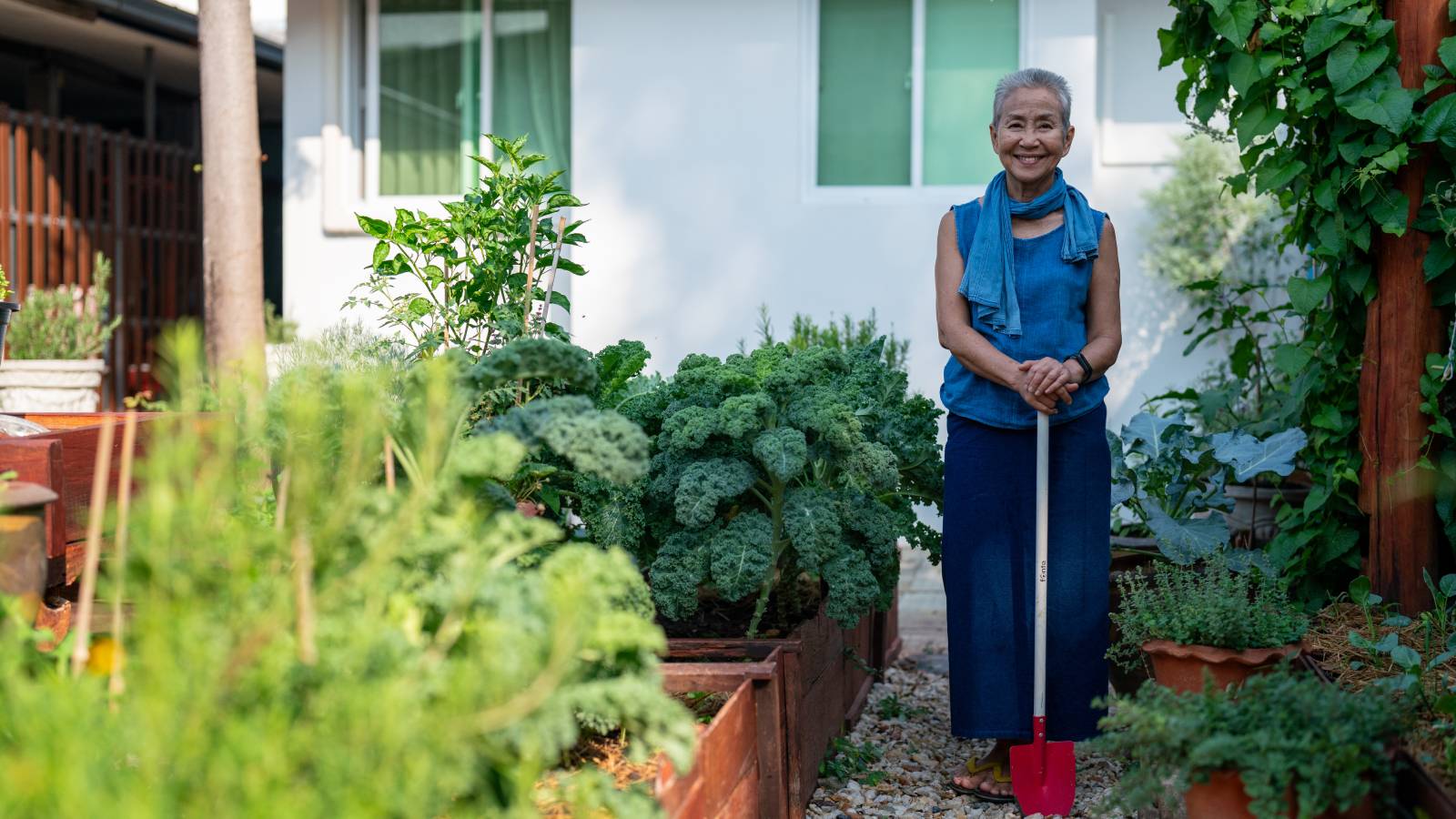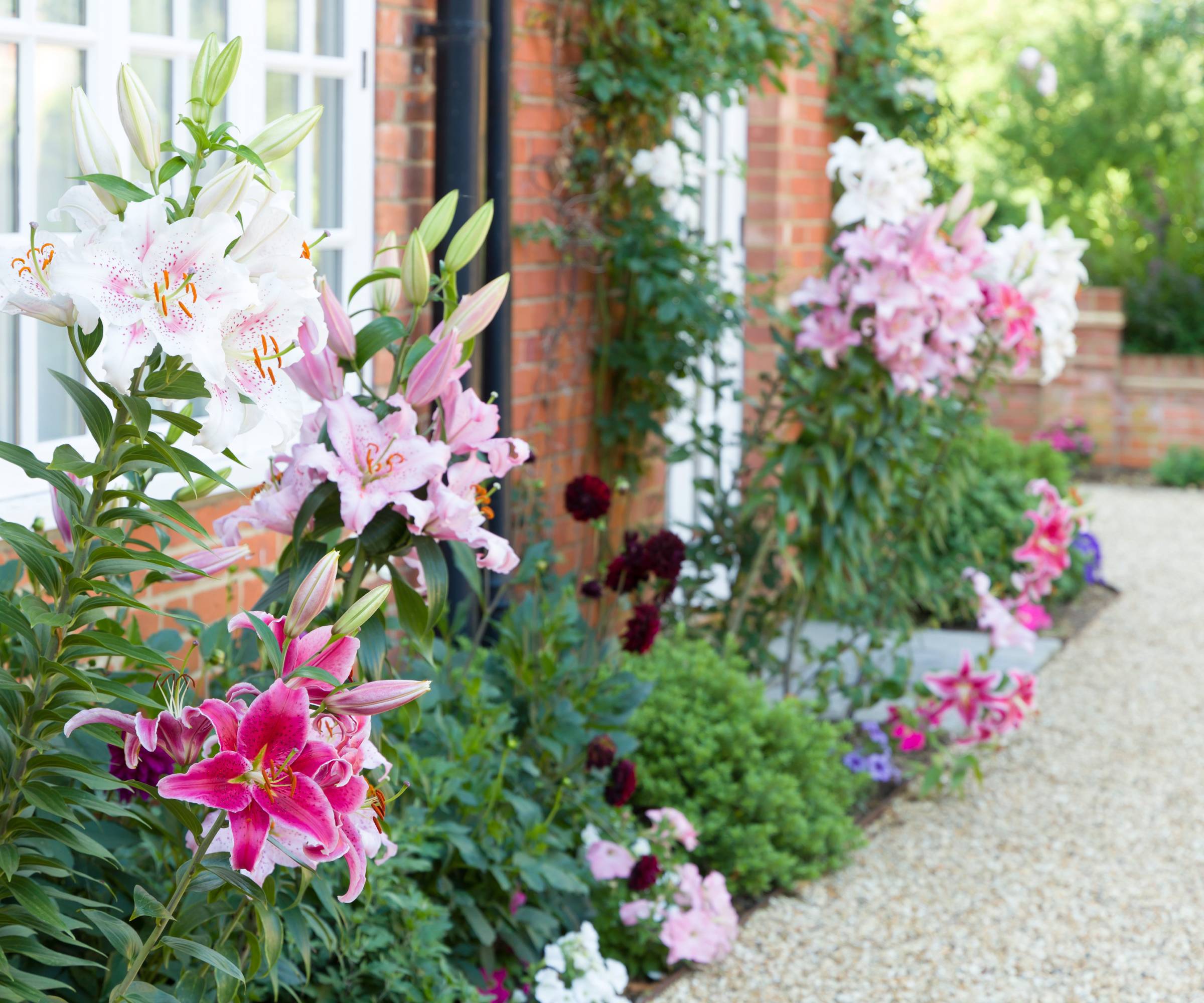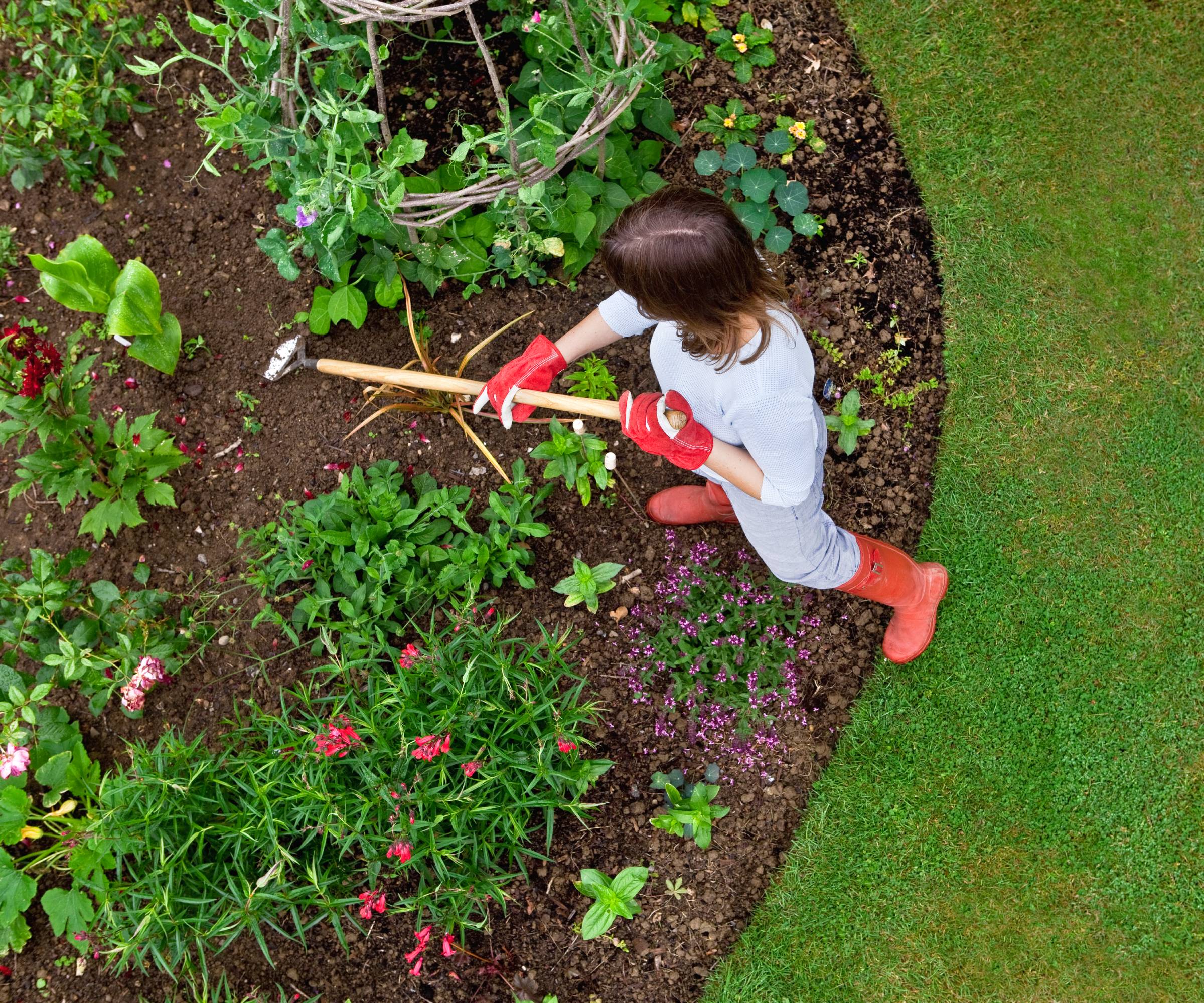Downsizing Your Garden: How To Simplify Your Landscape Without Sacrificing Beauty
Gracefully downsizing your garden requires some forethought and maybe even some outside help, but it can be made easier with some practical tips.


Downsizing your garden typically takes a bigger emotional toll than expanding your garden. That’s because you must make choices between plant A and plant B, rather than just saying “What the heck, I’ll plant both!” Yet the idea of downsizing a garden is to lessen the time and physical effort needed to keep your yard looking great. If creating a low-maintenance landscape appeals to you, read on for tips on how to downsize your garden.
Should You Start Downsizing Your Garden?

Only you can determine whether it is time to start downsizing your garden. It could be that you are busy with other things and no longer wish to invest so much time in your backyard plants. Or perhaps you are moving from a home with a huge yard to a house with less land, but still want to create a garden in small spaces around your new property. Often the desire to downsize a garden has to do with our changing physical strength as we get older.
Whatever the reason, one day you may realize that you no longer want to put so much time and effort into maintaining a garden. When this time comes, it’s definitely a good idea to think about downsizing the garden.
Benefits of Downsizing Your Garden

Downsizing a garden has obvious benefits in terms of the effort you need to invest in garden maintenance. A downsized garden will, by definition, require less of the hard, physical effort a big garden needs: less mowing, weeding, trimming, pruning, dividing perennials, preparing for spring planting, and even less autumn clean-up.
But there are other benefits as well. You get to focus on plants that you really love. These always get to stay, while plants that are in lower “like” categories and higher maintenance categories are sent packing. You can tailor your garden to your preferences as you downsize, eliminating those that require a lot of work and keeping the easy-care varieties. In the end, your new low-maintenance front yard landscaping may bring the same joy but require a fraction of the physical effort.
How to Downsize a Garden Gracefully

Many of us get emotional when we think of eliminating parts of the garden, especially if it is a garden we have loved and nurtured for years. But keep in mind, the idea is not to get rid of your garden, but, rather, to make it work better with your current lifestyle, fitness level, and priorities. Move gently toward rethinking the garden.
Every downsizing is going to look different since no two gardens or gardeners are exactly alike. But here are some gentle baby steps you can take toward reducing the workload in your garden.
Sign up for the Gardening Know How newsletter today and receive a free copy of our e-book "How to Grow Delicious Tomatoes".
- Delegate. You don’t have to do everything yourself in your garden. If money is not an issue, hiring garden landscapers will help with the most strenuous garden tasks: the digging, the weeding, the pruning, the mowing and save you the work. The helpers will act at your direction but your physical effort will be minimal.
- Swap out annuals for perennials. Both annuals and perennials can create a beautiful, colorful garden, but annuals need to be replanted every spring. Preparing the soil for spring planting is hard physical work, as the dead plants have to be taken out, the soil worked, and the seeds planted. Low-maintenance perennials live for more than one season, and, if you pick right, can beautify the garden for many years without much effort on your part.
- Swap out perennials for shrubs. Although perennials are less work than annuals, shrubs are even easier. Perennials often need to be divided after a few years, which involves digging out the root ball, cutting it into several pieces, and then replanting each one. This is on-your-knees work. Low-maintenance evergreen shrubs just need occasional pruning and can thrive and flower in your yard for decades. They provide the same seasonal changes as perennials yet require less work. They also attract wild birds and pollinators.
- Ditch all or part of the lawn. Watering, mowing, aerating, fertilizing, reseeding – that square of green grass that used to epitomize the American dream takes a lot of work. If you replace it (or even half of it) with a bower of trees, a meadow of wildflowers, or plant alternatives to traditional lawn grass, the work and water required are seriously reduced.
- Replace the fussy plants with easy-care varieties. Everybody with a garden has one prima donna plant that makes extraordinary demands on your time and energy. Some need frequent fertilizer, others want daily water or covers on sunny days. While you are downsizing, you can say goodbye to these problem plants and hello to drought-tolerant plants or better-behaved versions of the same species.
- Replace exotics with natives. Plants that are native to your area already know how to cope with the soil, sun, and weather there. Since native garden plants can survive in nature without human help, they aren’t going to tax your energy budget either. See what’s available at the garden store. You’ll be amazed at the glorious array of native grasses and flowers available.
Small Garden Inpiration
- Learn how to make the most of your small garden with our Small Space Gardening Mini-Course in the Gardening Know How Learning Channel.
- Shop for stylish planters for your small garden in the Gardening Know How Shop.
- Explore ideas to create a small backyard oasis.
This article features products available from third party vendors on the Gardening Know How Shop.

Teo Spengler is a master gardener and a docent at the San Francisco Botanical Garden, where she hosts public tours. She has studied horticulture and written about nature, trees, plants, and gardening for more than two decades, following a career as an attorney and legal writer. Her extended family includes some 30 houseplants and hundreds of outdoor plants, including 250 trees, which are her main passion. Spengler currently splits her life between San Francisco and the French Basque Country, though she was raised in Alaska, giving her experience of gardening in a range of climates.